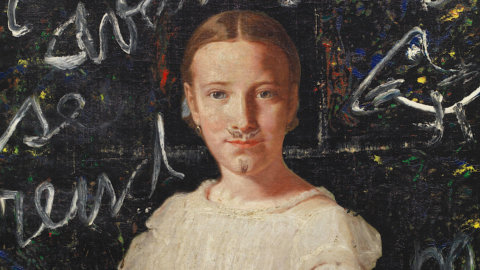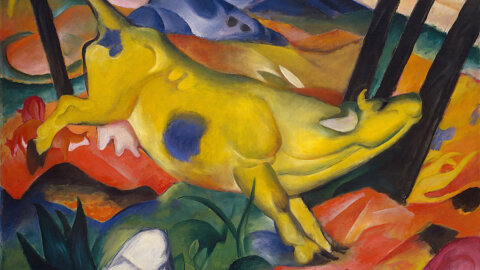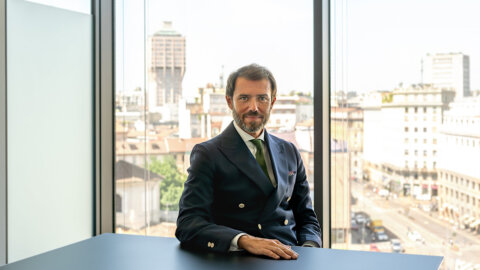Alzi la mano chi non ha mai scarabocchiato a scuola, all’università, durante le riunioni di lavoro, un disegno senza farci troppo caso mentre col pensiero correva ad altri problemi o era impegnato in una conversazione telefonica. L’artefice di quel “Doodle” parola oggi entrata nell’uso comune grazie a Google, sia pure per altri significati, che in inglese significa scarabocchio, in realtà attesta che si sta usando la parte destra del cervello, quella più creativa. Lo ha ben spiegato Betty Edwards, professoressa emerito d’arte alla California State University di Long Beach, nota in tutto il mondo grazie ai metodi per sviluppare la creatività in un celebre saggio. Nel senso che quei segni testimoniano che si sta percependo la realtà non secondo gli schemi precostituiti della mente razionale, che è gestita dall’emisfero sinistro del cervello, bensì attraverso lo sviluppo delle categorie intuitive e della creatività, cui presiede l’emisfero destro.
Allo scarabocchio di grandi artisti – che hanno ben altri esiti e significati rispetto a quelli che tracciamo noi parlando al telefono con un amico – l’Accademia di Francia a Roma – Villa Medici e i Beaux-Arts di Parigi dedicano due interessanti mostre in collaborazione con il Musée national d’art moderne – Centre Pompidou, Parigi e l’Istituto Centrale per la Grafica.
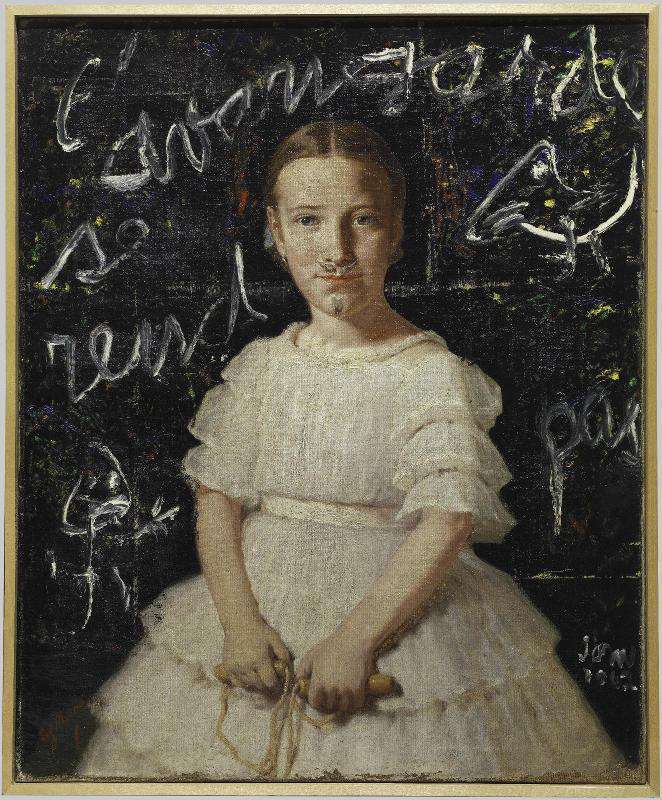
A seguito dell’esposizione romana ne seguirà una seconda ai Beaux-Arts di Parigi dal 19 ottobre 2022 al 15 gennaio 2023.
La mostra concepita dalle due curatrici Francesca Alberti (Villa Medici) e Diane Bodart (Columbia University), con la collaborazione di Philippe-Alain Michaud, in qualità di curatore associato (Centre Pompidou) si fonda su circa 300 opere originali che vanno dal Rinascimento all’epoca contemporanea e mette in luce uno degli aspetti più sconosciuti e meno controllati della pratica del disegno. Affrontando le molteplici sfaccettature dello scarabocchiare in ambito artistico, dagli schizzi imbrattati sul retro dei dipinti agli scarabocchi che diventano vera e propria opera, l’esposizione mostra come queste pratiche grafiche sperimentali, trasgressive, regressive e liberatorie, che sembrano non obbedire a nessuna regola, hanno da sempre scandito la storia della creazione artistica.
Il Rinascimento, per liberarsi dai vincoli del Disegno poi detto “accademico”, ha prodotto forme grafiche libere, istintive e gestuali, che evocano i disegni rudimentali dei bambini, le divagazioni calligrafiche ai margini dei manoscritti o ancora i graffiti di mani anonime che ricoprono i muri delle città. Picasso, parlando appunto dei bambini, affermava: “Mi ci è voluta una vita intera per disegnare come loro”; ma già Michelangelo si divertiva a imitare i personaggi (fantocci) disegnati maldestramente sulle facciate fiorentine. L’esposizione esplora questo lato nascosto del fare artistico e invita i visitatori a spostare lo sguardo sul retro dei dipinti o sulle pareti della bottega, al margine dei disegni o sotto gli affreschi staccati….
Proponendo accostamenti inediti tra le opere dei maestri della prima modernità, Leonardo da Vinci, Michelangelo, Pontormo, Tiziano, Bernini…, e quelle di noti artisti moderni e contemporanei, Picasso, Dubuffet, Henri Michaux, Helen Levitt, Cy Twombly, Basquiat, Luigi Pericle…, la mostra rimette in questione gli ordini cronologici e le categorie tradizionali (margine e centro, ufficiale e non ufficiale, classico e contemporaneo, opera e documento) e pone la pratica dello scarabocchiare al centro della pratica artistica.
Gribouillage / Scarabocchio. Da Leonardo da Vinci a Cy Twombly, conta notevoli prestiti concessi da prestigiose istituzioni italiane ed europee, tra cui: Galleria degli Uffizi, Firenze; Gallerie dell’Accademia, Venezia; Museo e Real Bosco di Capodimonte, Napoli; Biblioteca Reale, Torino; Opera Primaziale Pisana, Pisa; Musée du Louvre, Parigi; Staatliche Museen, Berlino; Museu Nacional Soares dos Reis, Porto; Bibliothèque Sainte-Geneviève, Parigi; Casa Buonarroti, Firenze; Archivio Nazionale di Stato, Roma; Musée du Petit Palais, Parigi…
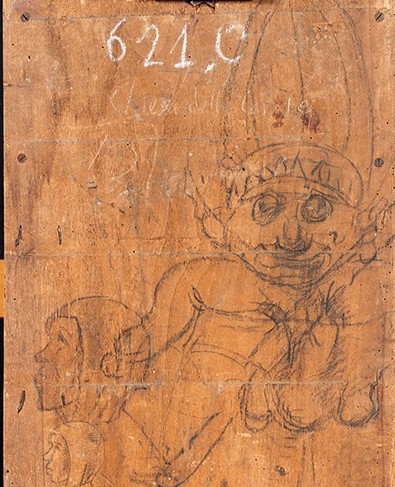
L’esposizione romana è articolata in sei sezioni tematiche che associano opere rinascimentali e contemporanee fra le quali lo straordinario palinsesto di disegni tracciati sul retro del Trittico della Madonna di Giovanni Bellini, conservato alle Gallerie dell’Accademia a Venezia, che il pubblico avrà l’occasione di scoprire per la prima volta, così come i disegni di Benozzo Gozzoli, Fra Bartolomeo, Michelangelo, Pontormo, Tiziano, Taddeo Zuccari, ma anche le opere dei Carracci, di Simone Cantarini, Algardi, Bernini provenienti dalle più importanti collezioni italiane; o ancora la testa grottesca di Leonardo da Vinci, data in prestito dai Beaux-Arts di Parigi ; e il taccuino di Delacroix conservato all’Istituto nazionale di storia dell’arte di Parigi (INHA).
Il catalogo comprende sette capitoli e riunisce contributi inediti di diciassette autori: Emmanuelle Brugerolles, Baptiste Brun, Angela Cerasuolo, Hugo Daniel, Vincent Debaene, Dario Gamboni, Anne-Marie Garcia, Tim Ingold, Giorgio Marini, Philippe-Alain Michaud, Anne Montfort-Tanguy, Mauro Mussolin, Gabriella Pace, Maria Stavrinaki, Nicola Suthor, Alice Thomine-Berrada, Barbara Wittmann.
Gribouillage Scarabocchio. Da Leonardo da Vinci a Cy Twombly
dal 3 Marzo al 22 maggio 2022
Accademia di Francia – Villa Medici
Viale Trinità dei Monti 1

